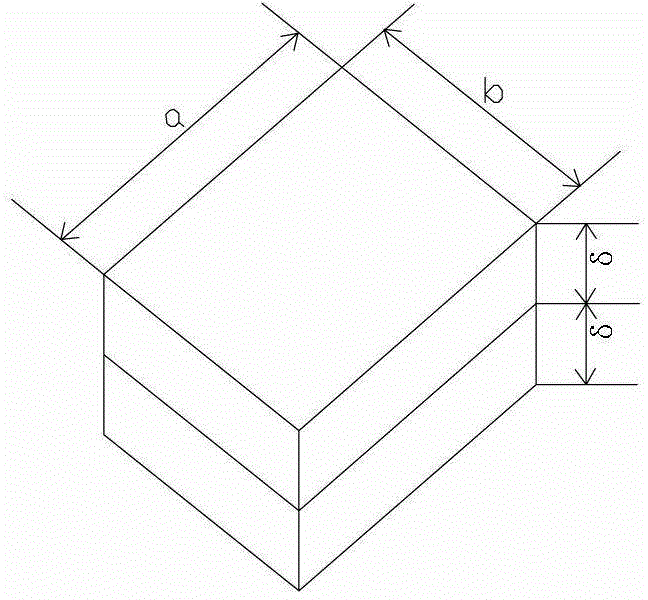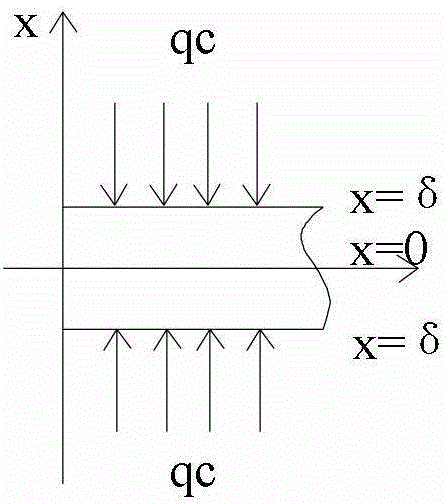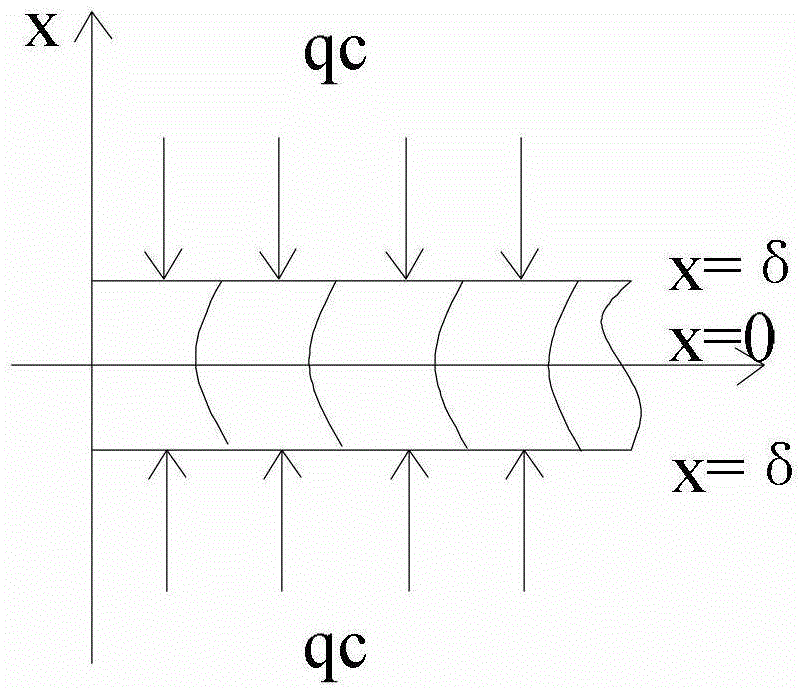Experimental device for testing heat conductivity coefficient of building material based on quasi steady state and unsteady state methods
An experimental device and building material technology, applied in the direction of material thermal development, etc., can solve the problems of not being able to carry the quasi-steady state method measurement process at the same time, long test time, and large relative error, so as to shorten the test preparation time and facilitate comparison and calibration. The effect of testing and reducing measurement errors
- Summary
- Abstract
- Description
- Claims
- Application Information
AI Technical Summary
Problems solved by technology
Method used
Image
Examples
specific Embodiment approach 1
[0009] Embodiment 1: The experimental device based on the quasi-unsteady method for testing the thermal conductivity of building materials described in this embodiment includes an AC stabilized power supply 1, a transistor DC stabilized power supply 2, a standard resistor 3, at least one heating resistor 4, Low potential potentiometer 5, oil-immersed keyboard switch 6, ice bottle for containing ice-water mixture 7, first thermocouple 8 (temperature sensing element), second thermocouple 9; AC power supply 1 and transistor The DC stabilized power supply 2 is connected in series with two poles, the positive and negative poles of the transistor DC stabilized power supply 2 are connected to the electrical connection end of at least one heating resistor 4, and the positive pole of the transistor DC stabilized power supply 2 is connected to the current of at least one heating resistor 4 A standard resistor 3 is connected between the input terminals; the positive and negative poles of ...
specific Embodiment approach 2
[0010] Specific implementation mode two: as Figure 4 As shown, the number of heating resistors 4 in the experimental device of this embodiment is two, and the two heating resistors 4 are connected in parallel on the transistor DC power supply 2 and the two are arranged in parallel up and down. The experimental device also includes a plurality of experimental devices. A test piece 10 and two heat insulating layers 11, a plurality of test pieces 10 are composed of the first test piece A1, the second test piece A2, the third test piece A3 and the fourth test piece A4 arranged from top to bottom with the same thickness. The second test piece A2 and the third test piece A3 are located between the two heating resistors 4, the first test piece A1 is placed on the upper heating resistor 4, and the fourth test piece A1 is placed under the lower heating resistor 4 , the first test piece A1, the second test piece A2, the third test piece A3 and the fourth test piece A4 arranged from bot...
specific Embodiment approach 3
[0011] Specific implementation mode three: as Image 6 As shown, the number of heating resistors 4 in the experimental device of this embodiment is one, and the experimental device also includes a plurality of test pieces 10, and the plurality of test pieces 10 are composed of the second test piece II, the second test piece II, and the second test piece set from top to bottom. A test piece I and a third test piece III are composed. The first test piece I is located above the heating resistor 4, and the measuring ends of the first thermocouple 8 and the second thermocouple 9 are respectively located above and below the first test piece I. On both sides, the thicknesses of the second test piece II and the third test piece III are greater than that of the first test piece I. Other components and connections are the same as those in the first embodiment.
PUM
| Property | Measurement | Unit |
|---|---|---|
| electrical resistance | aaaaa | aaaaa |
| thickness | aaaaa | aaaaa |
| diameter | aaaaa | aaaaa |
Abstract
Description
Claims
Application Information
 Login to View More
Login to View More - R&D
- Intellectual Property
- Life Sciences
- Materials
- Tech Scout
- Unparalleled Data Quality
- Higher Quality Content
- 60% Fewer Hallucinations
Browse by: Latest US Patents, China's latest patents, Technical Efficacy Thesaurus, Application Domain, Technology Topic, Popular Technical Reports.
© 2025 PatSnap. All rights reserved.Legal|Privacy policy|Modern Slavery Act Transparency Statement|Sitemap|About US| Contact US: help@patsnap.com



